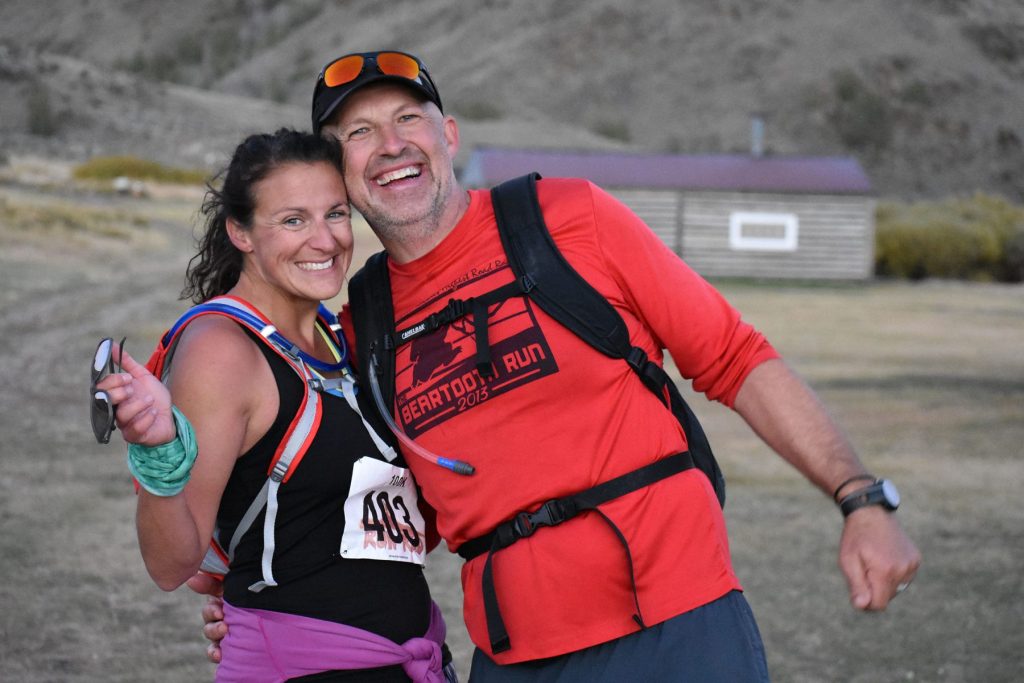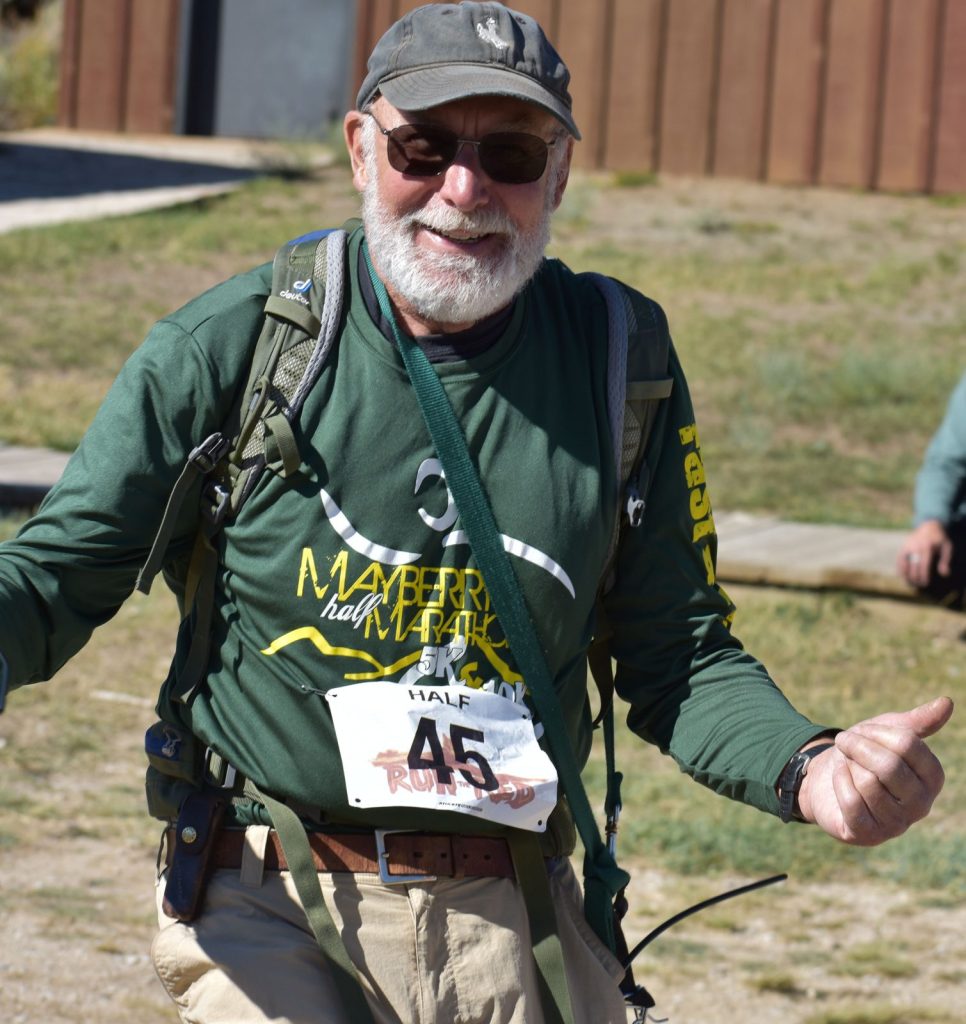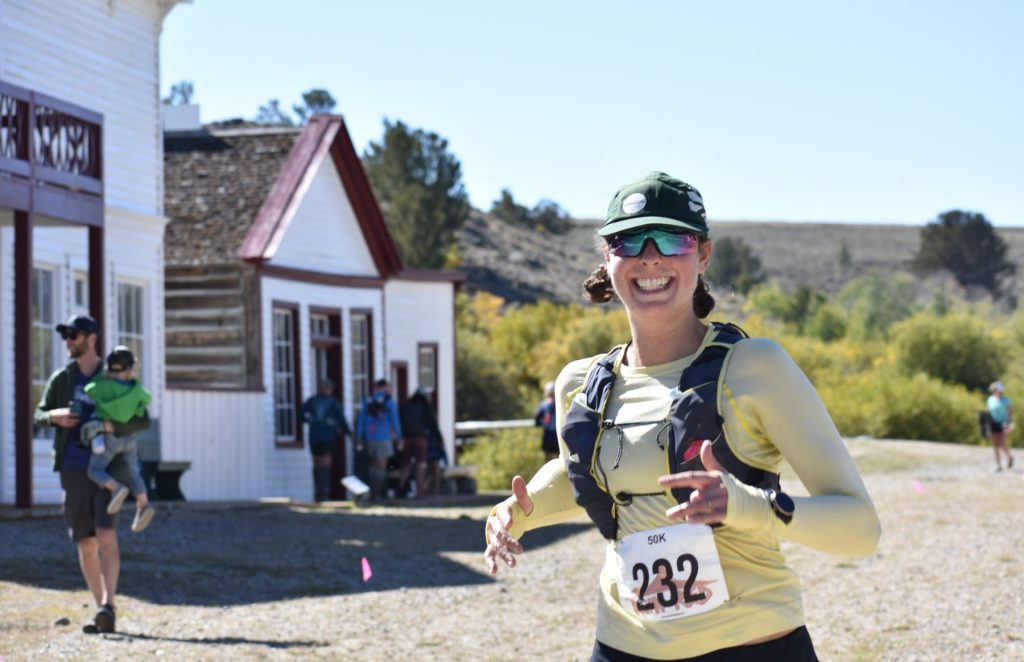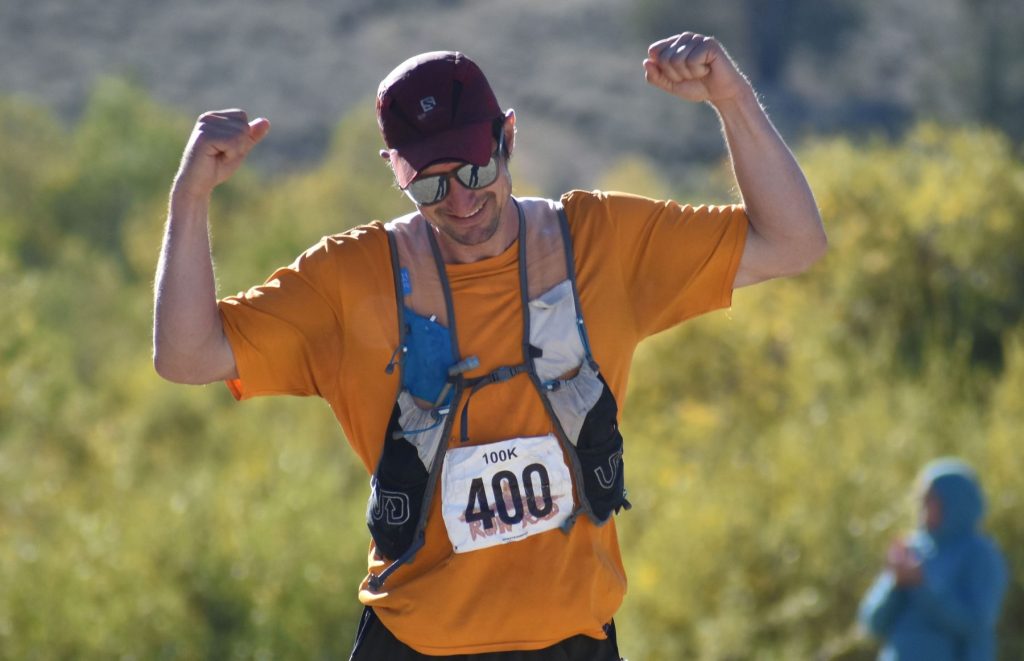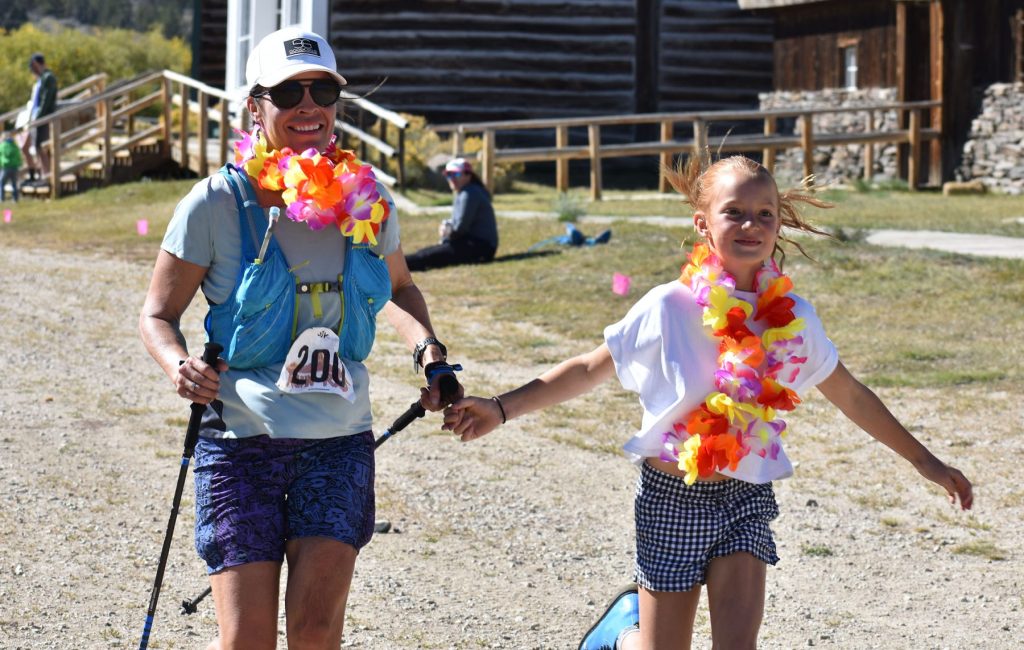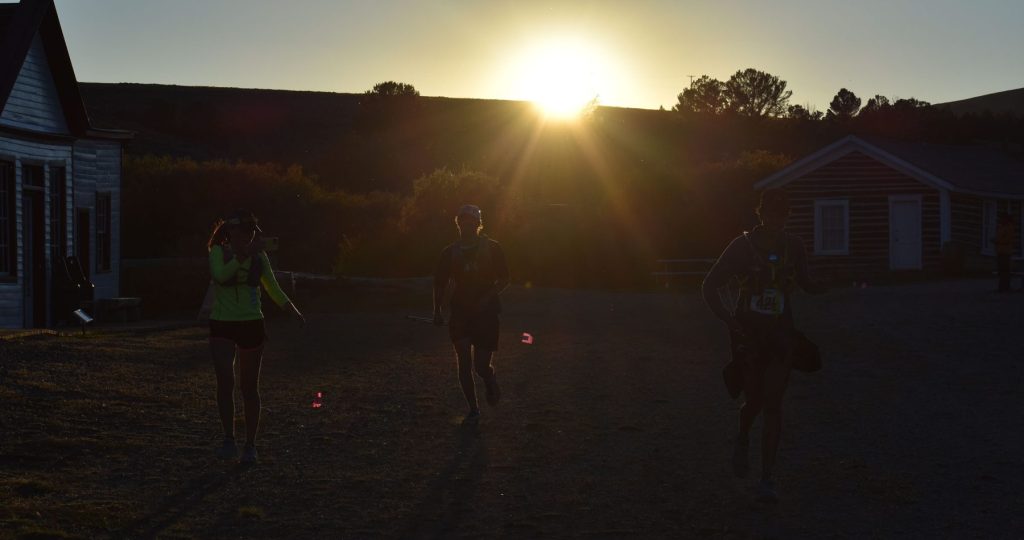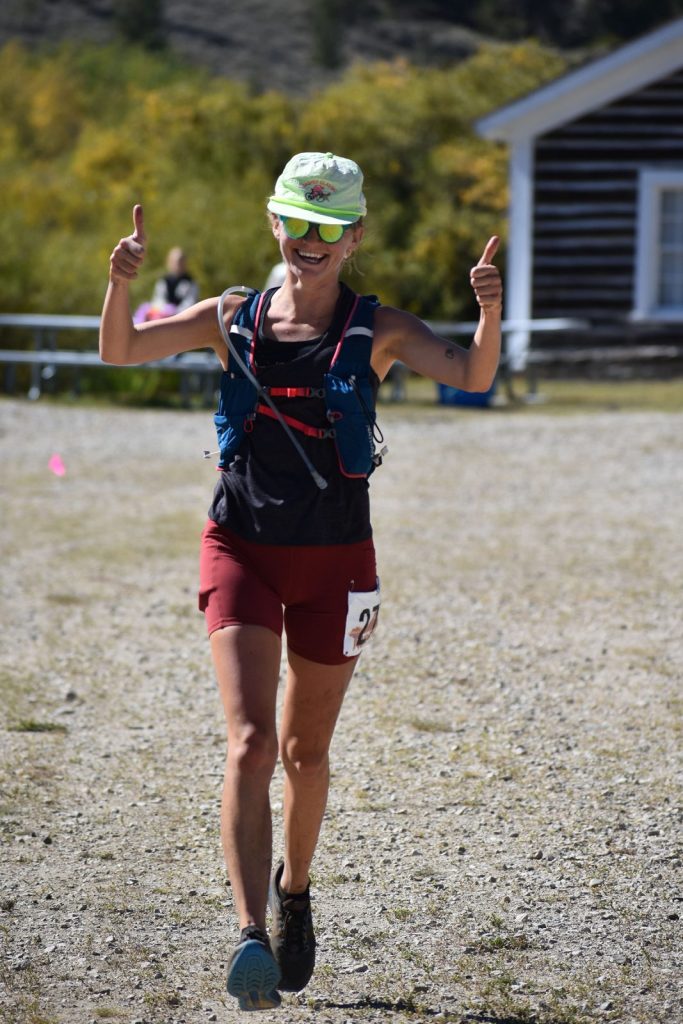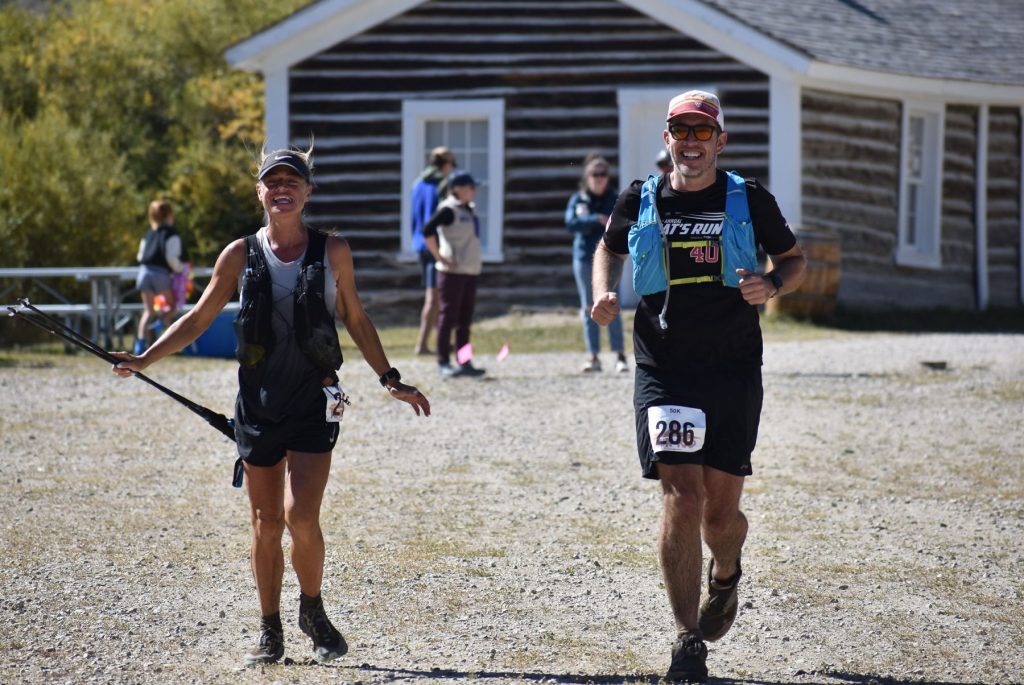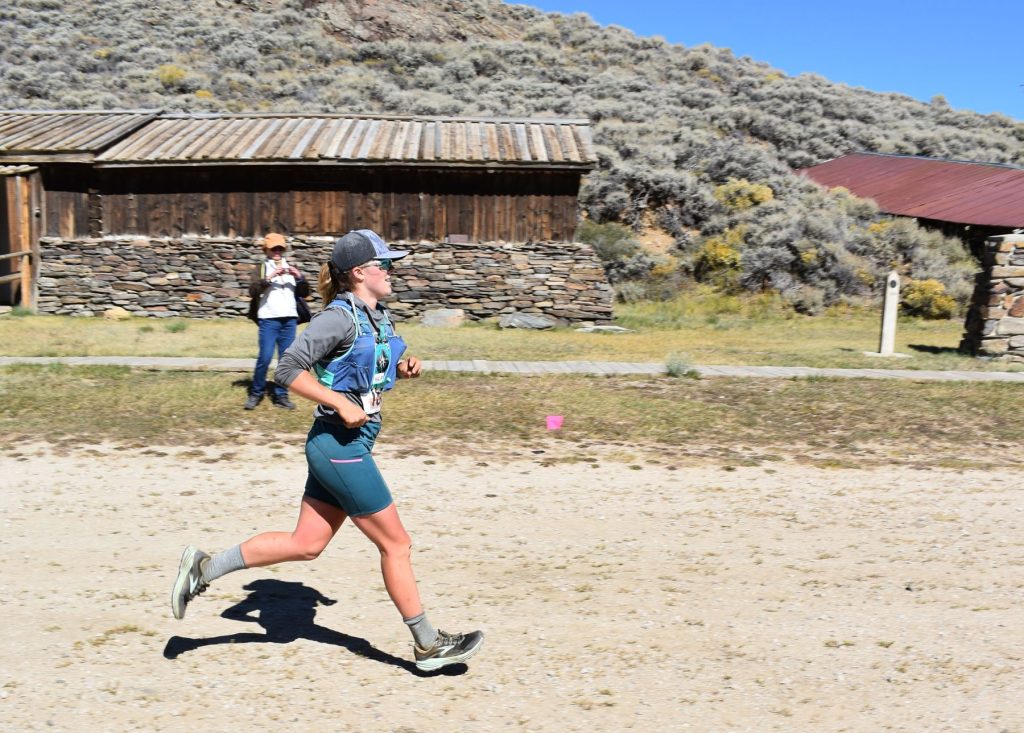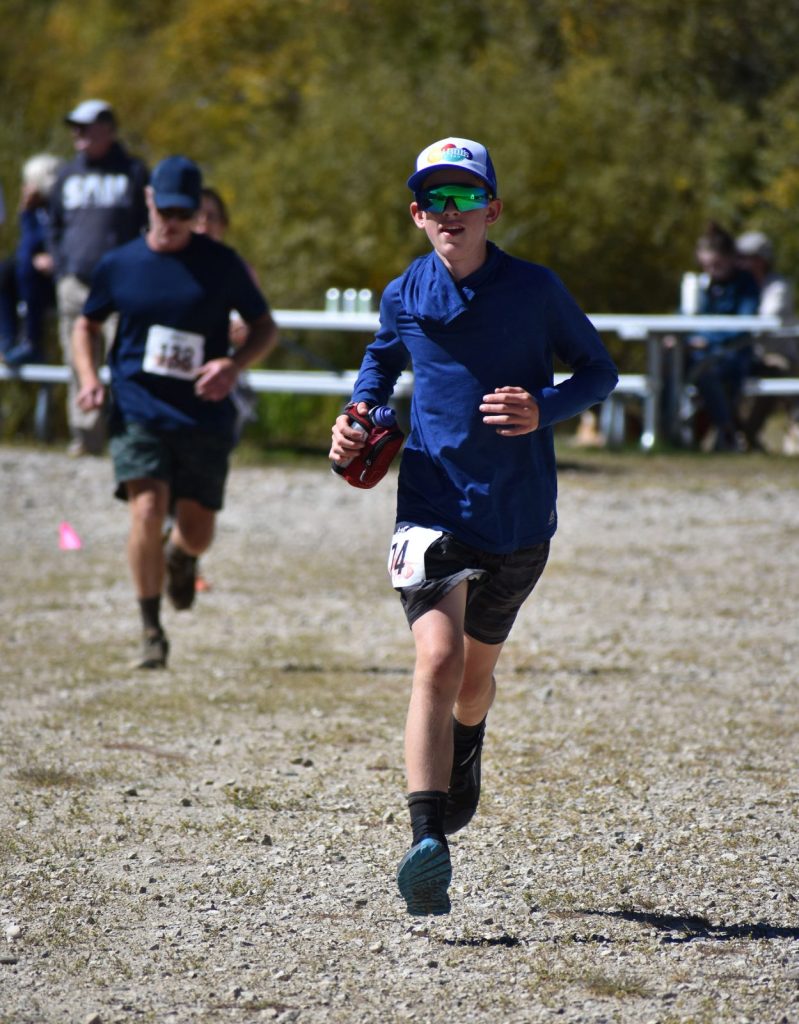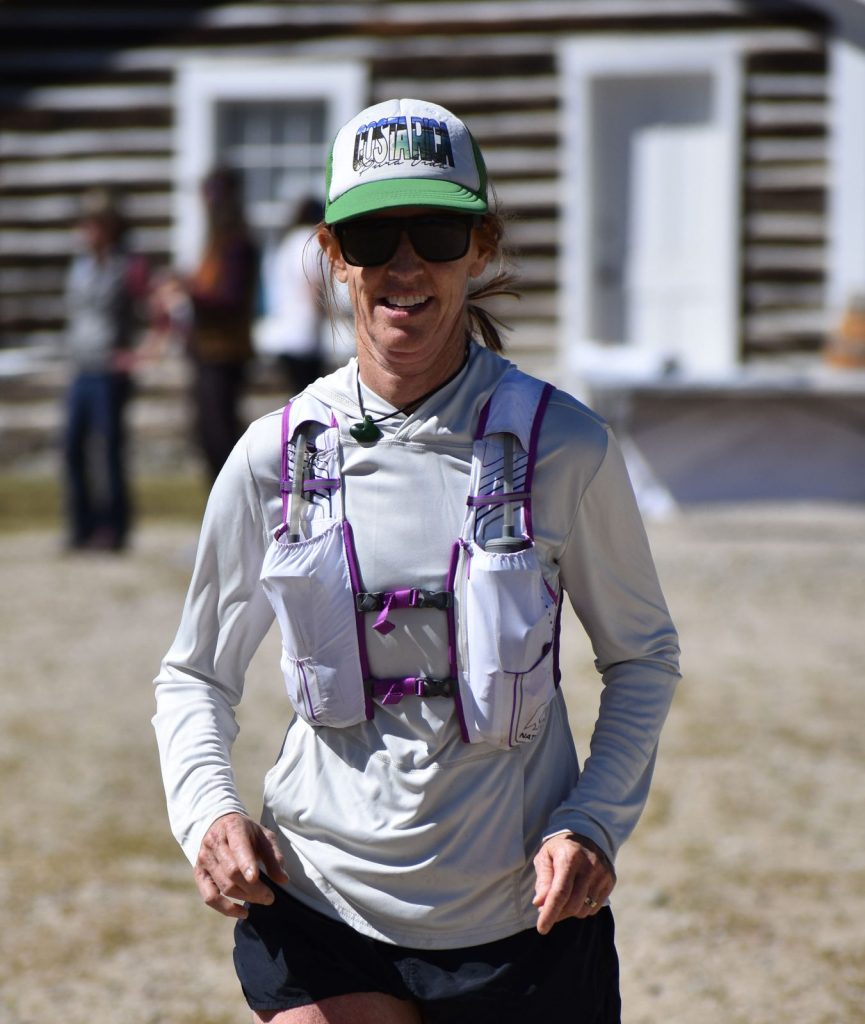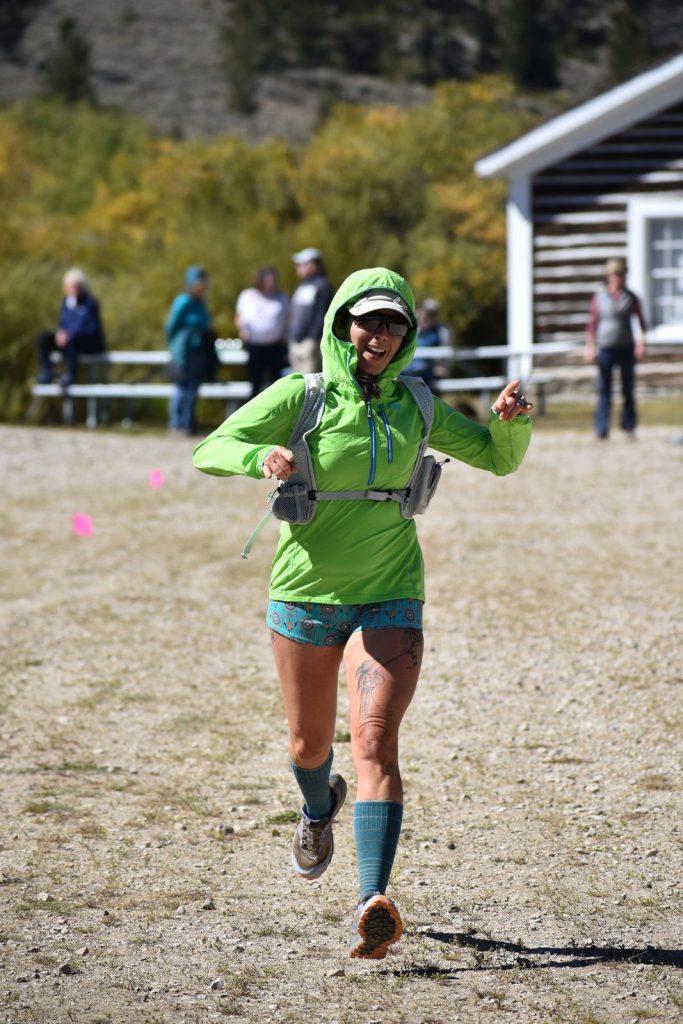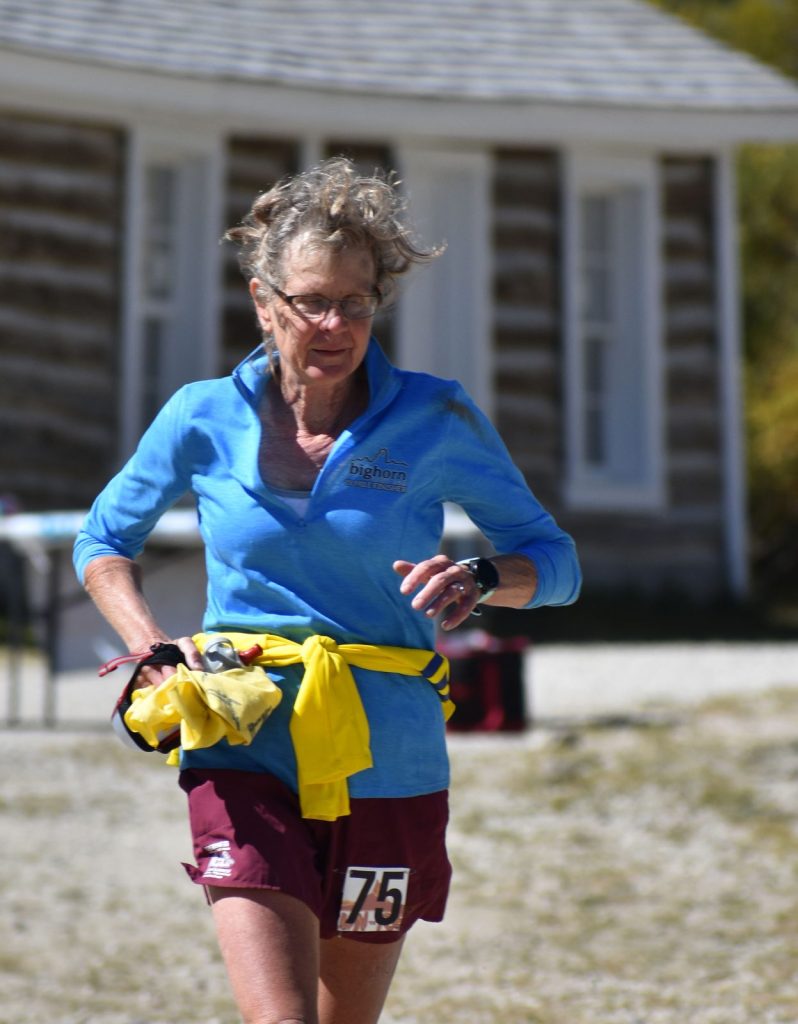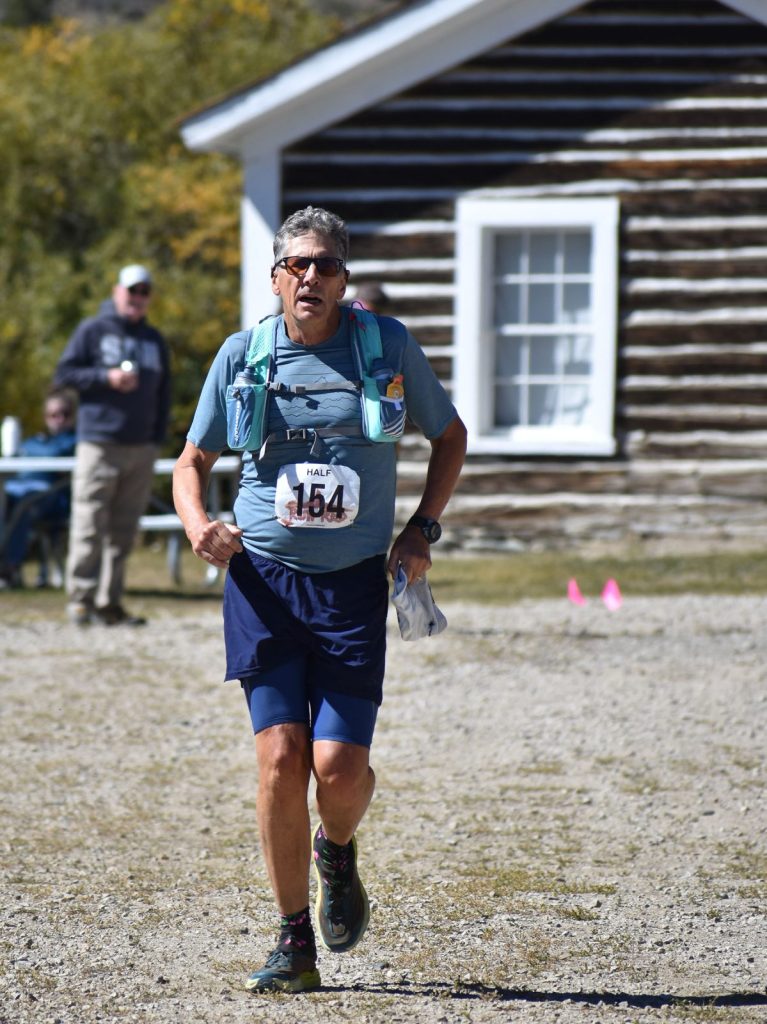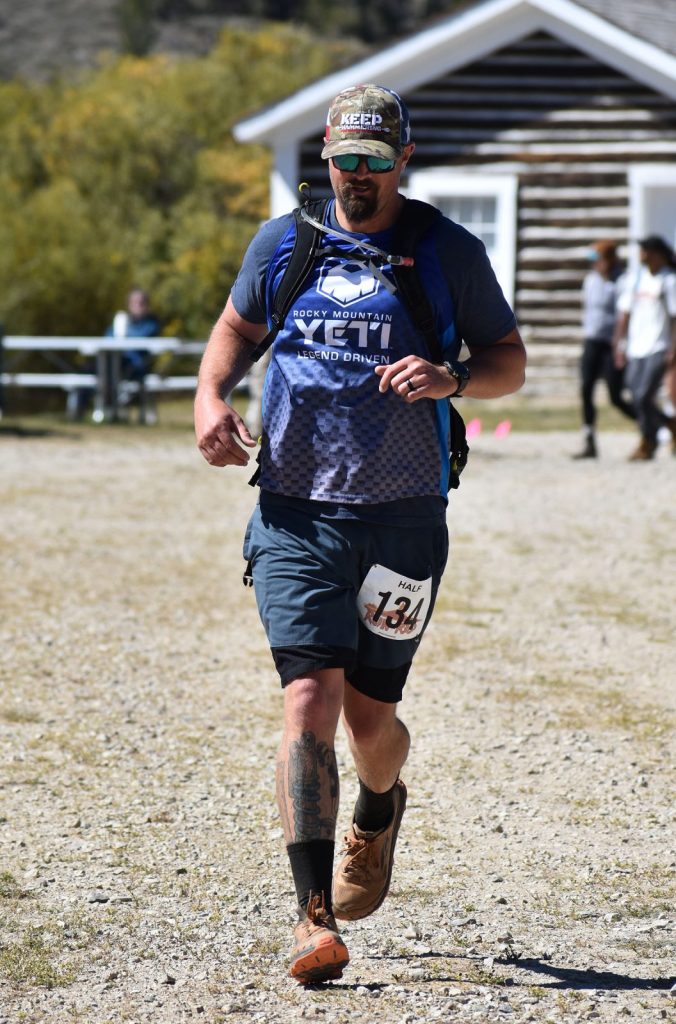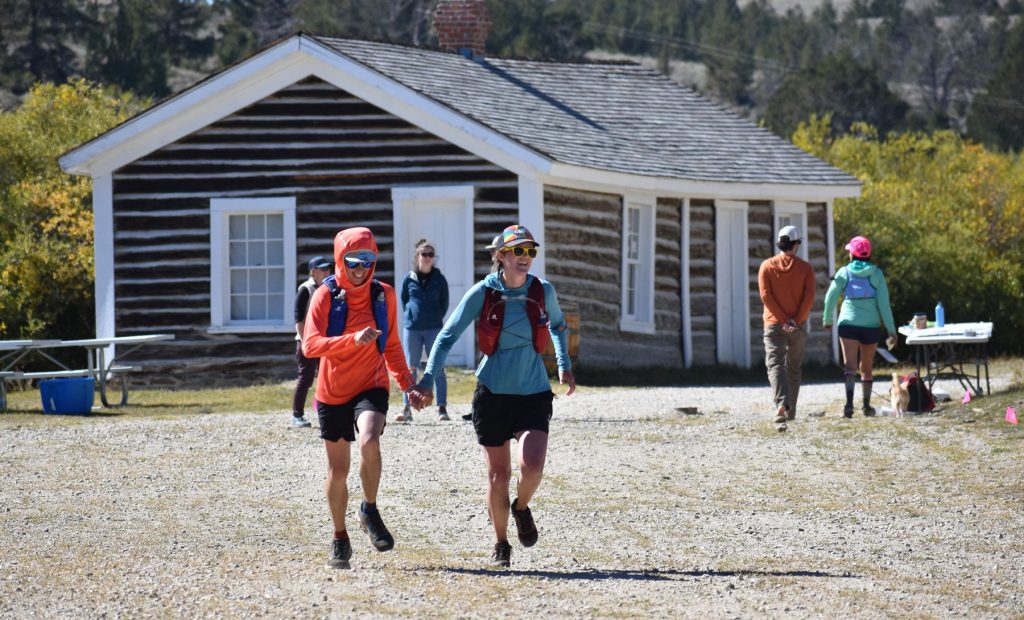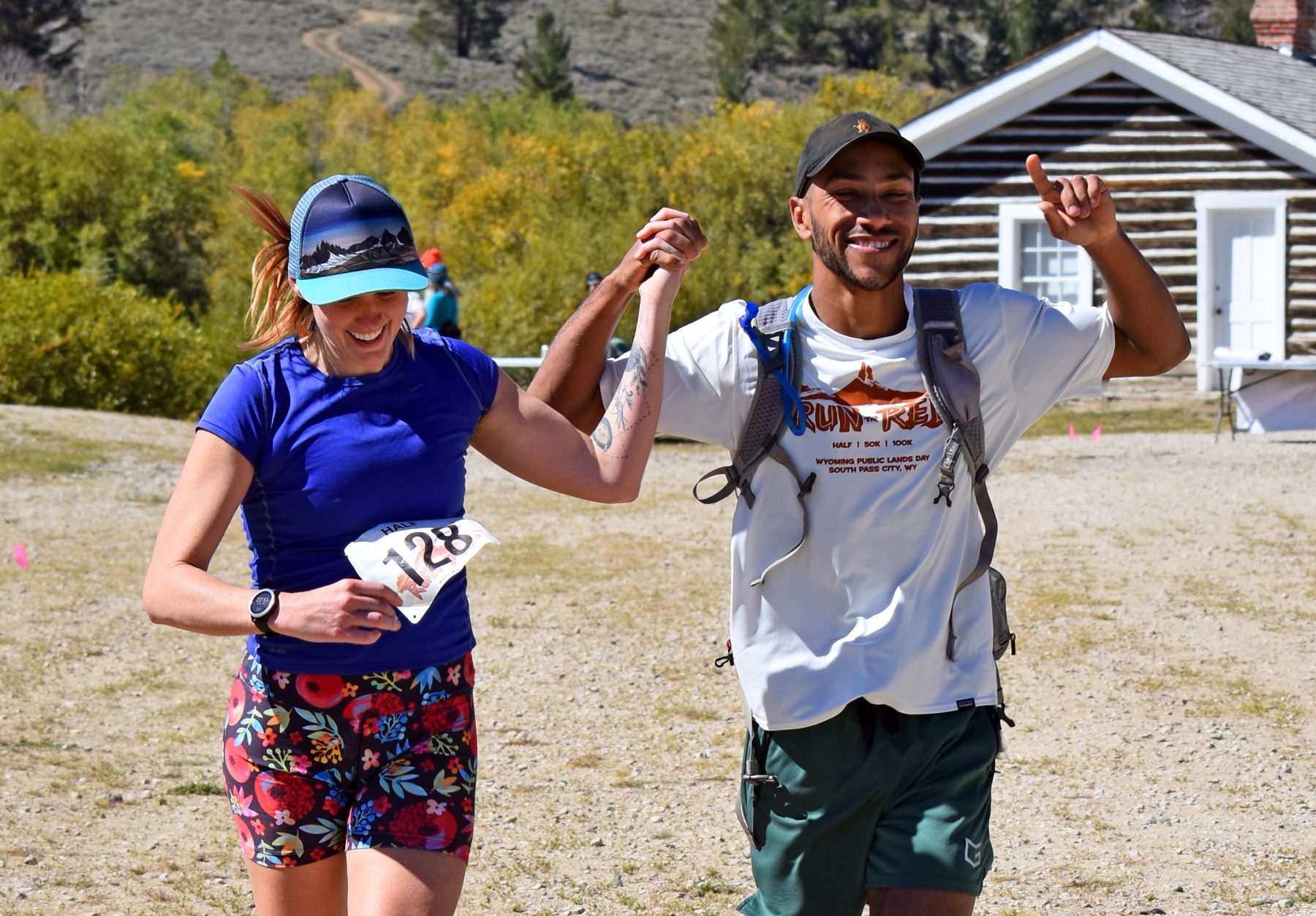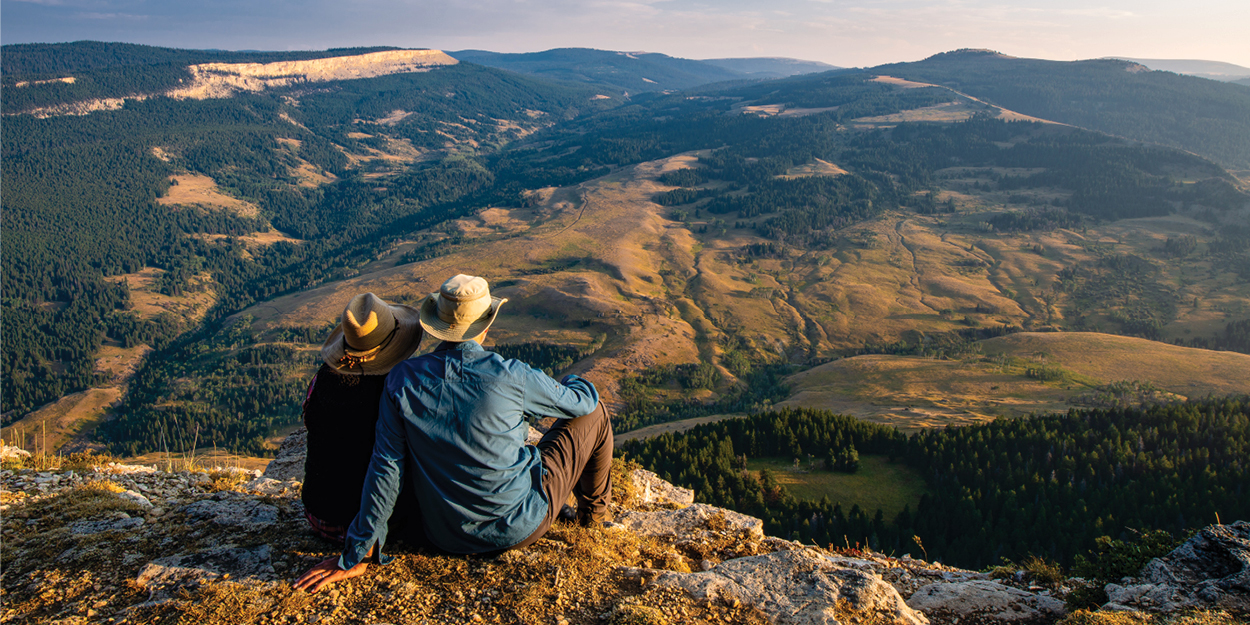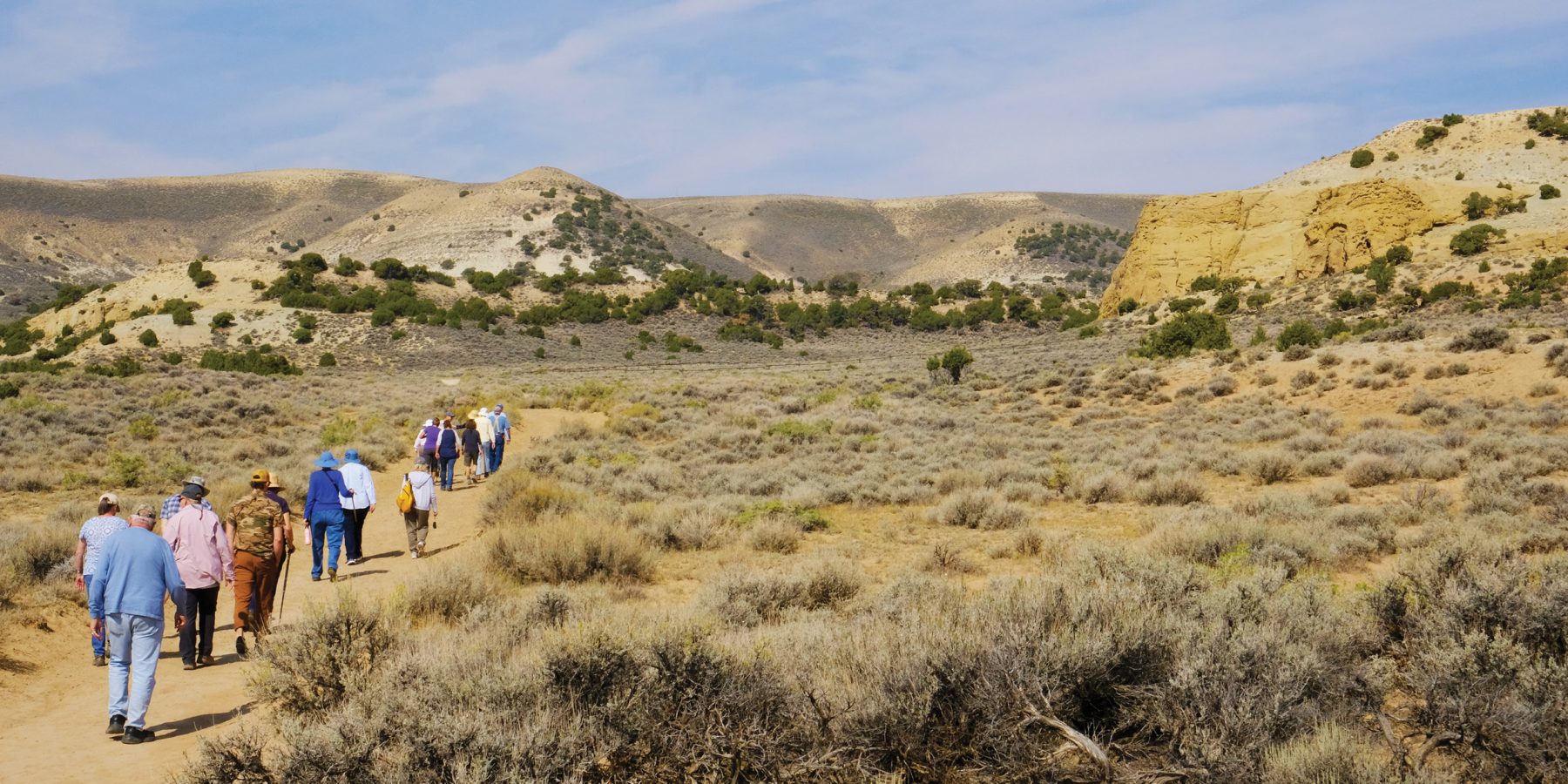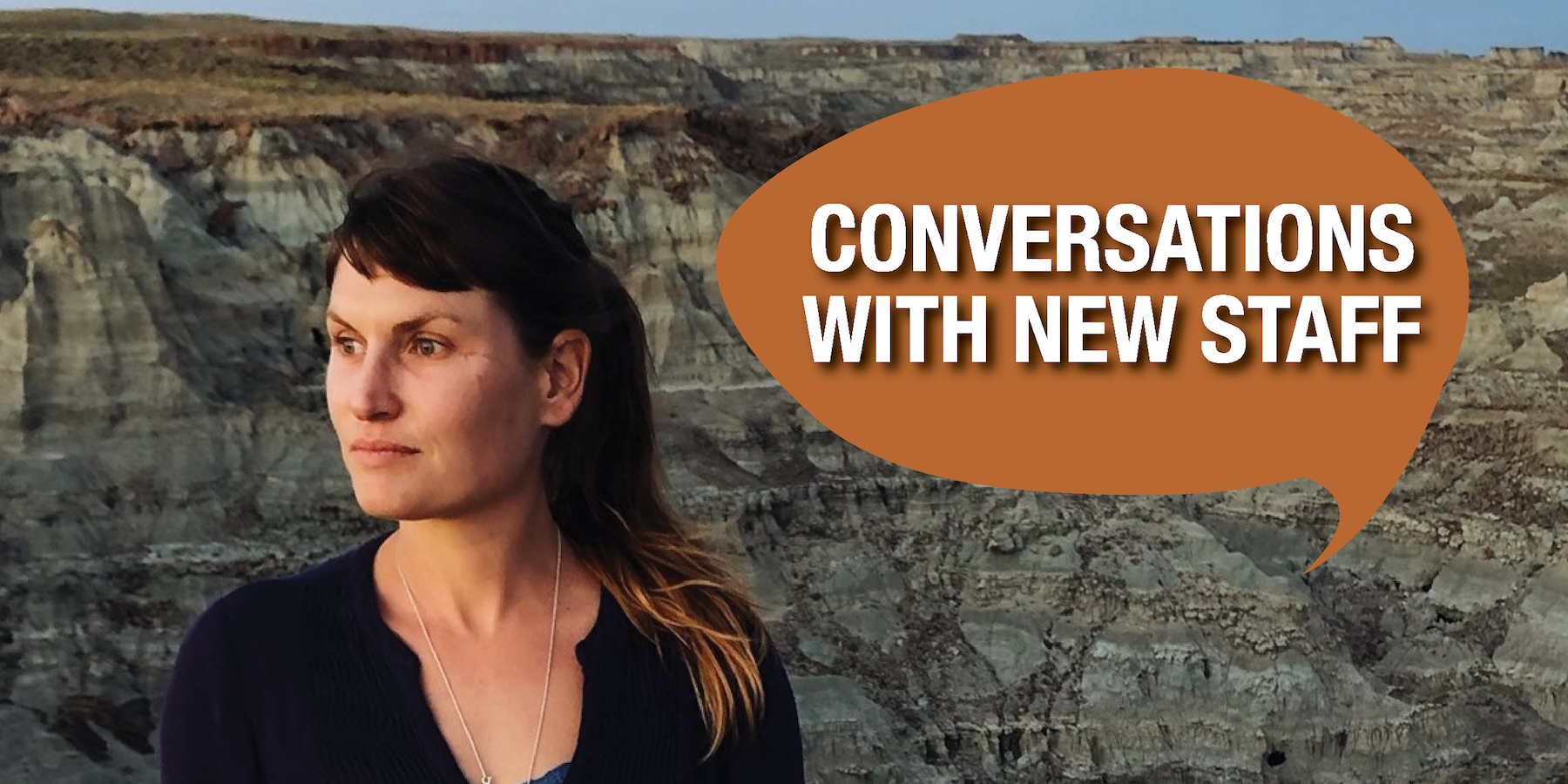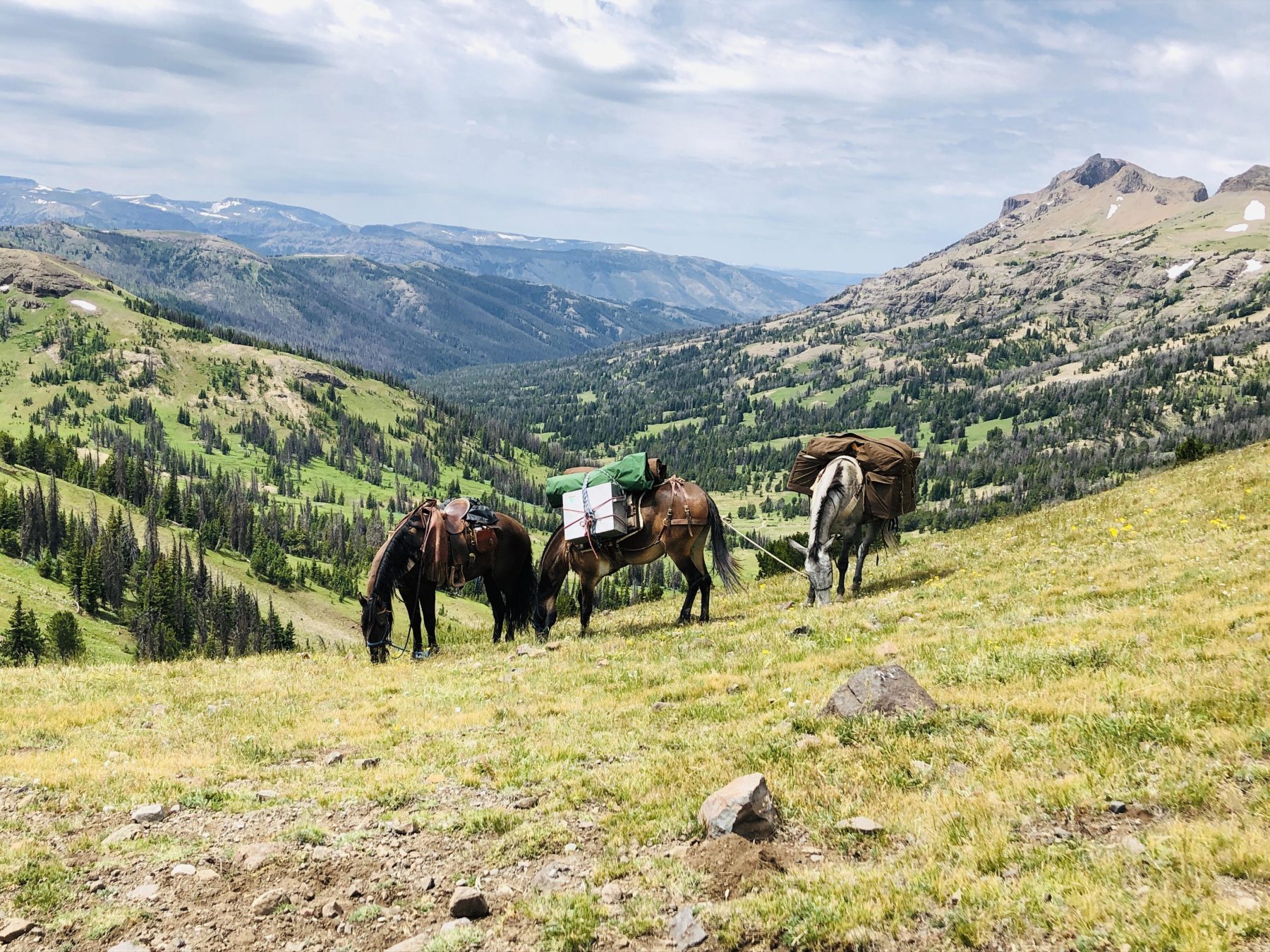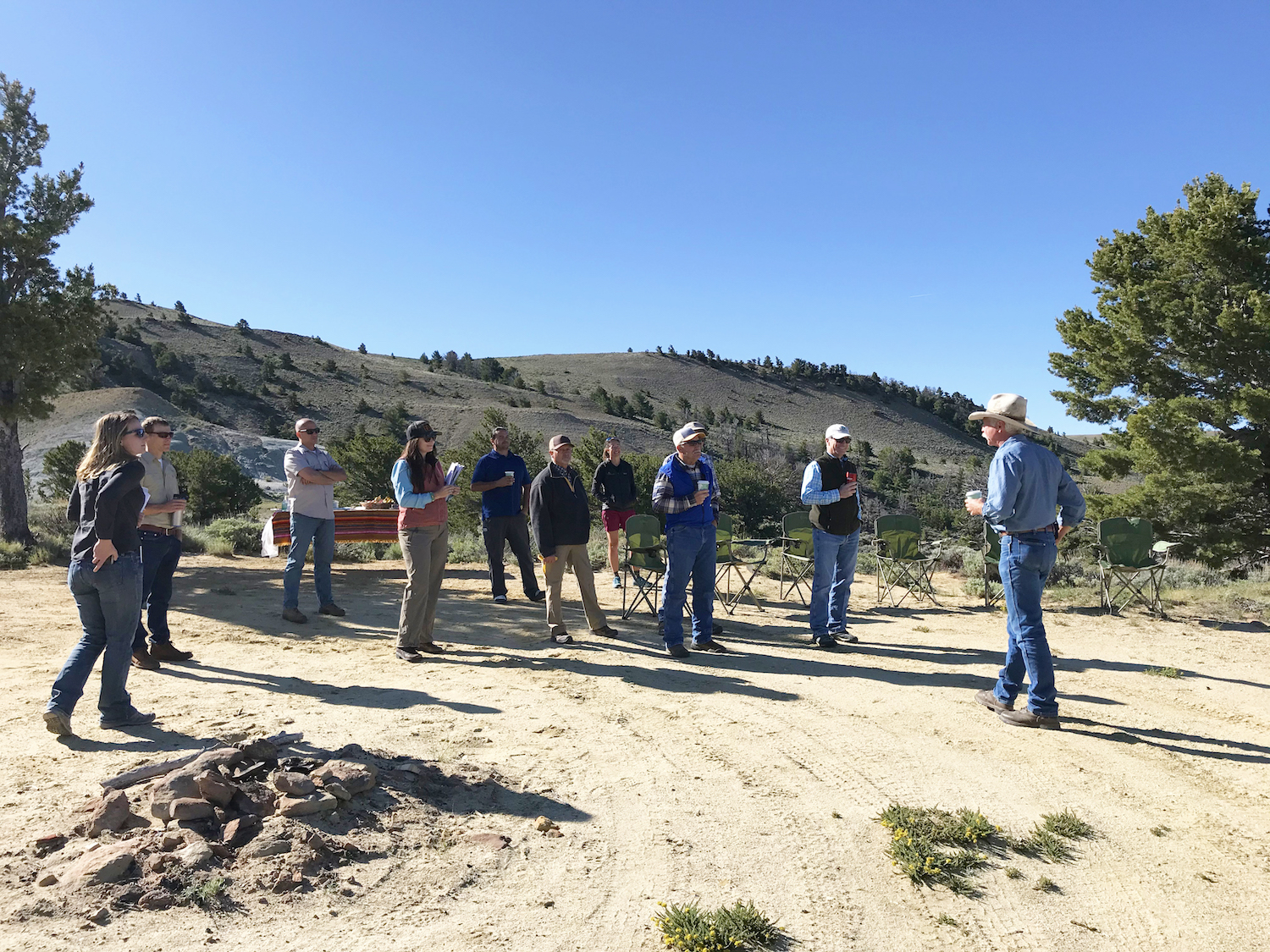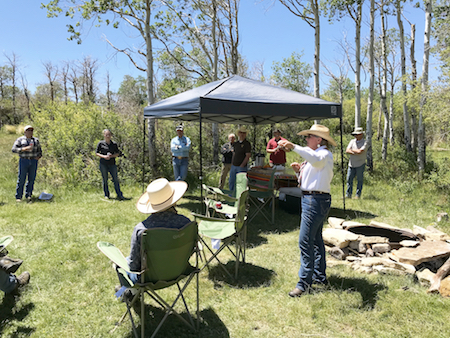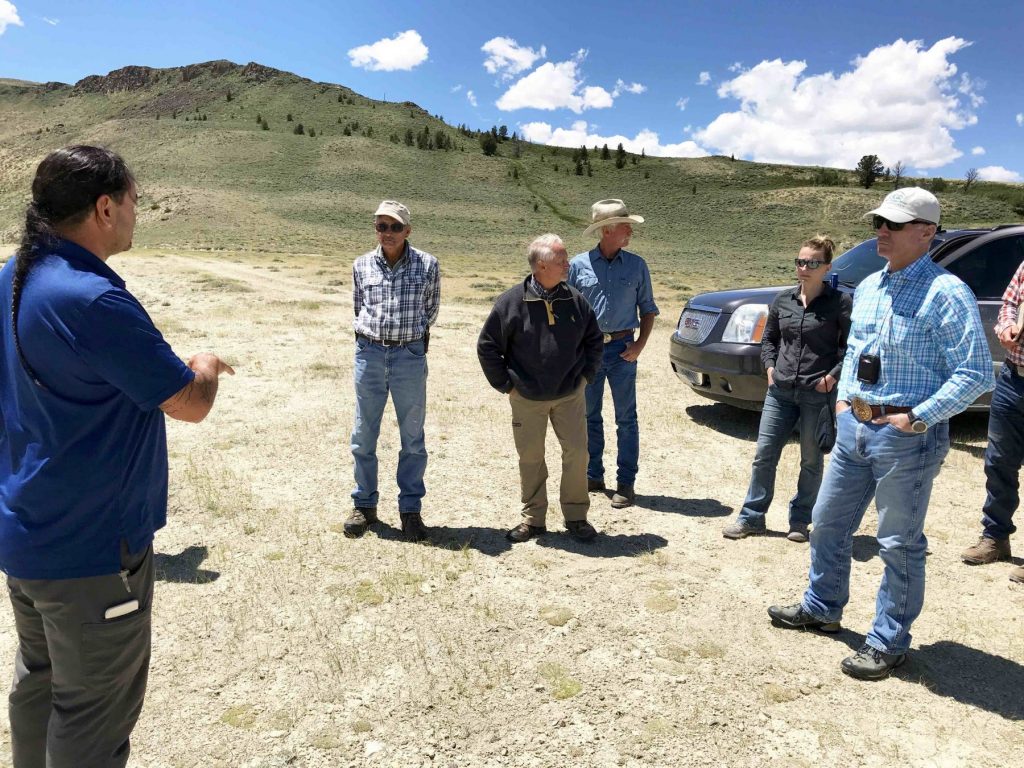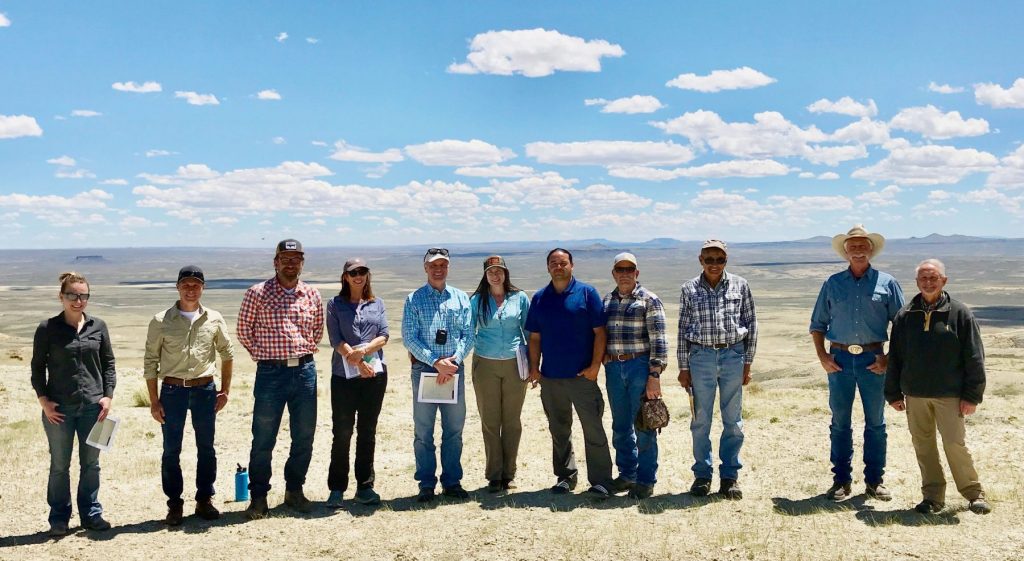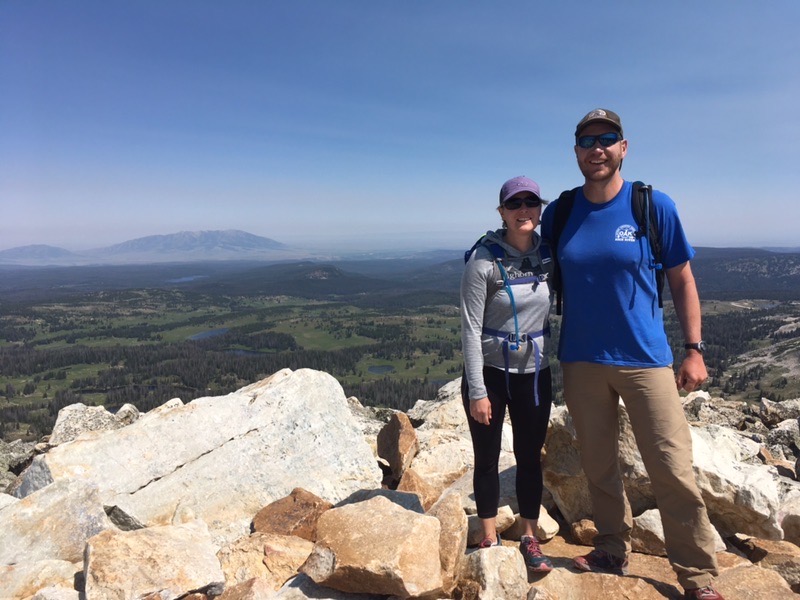You may not know it, but the image featured for the month of July in our 2020 calendar is a well-known view in these parts. The mule and two horses graze in the foreground of the most iconic views in Wyoming — Deer Creek Pass in the Thorofare, one of the truly last wild places in the lower 48. A few miles away from this point, at the southeastern edge of Yellowstone National Park, is the furthest you can get from any road, 20 miles.
And this is the place that Karinthia Harrison feels most at peace, a place where “you can look out and just see endless country,” she said.
“And then,” she laughed, “I have to get to the other side.”
And she has, many, many times in some of the other wild, remote corners Wyoming has to offer — Buttercup Basin, Nipple Mesa, the top of Dead Indian Peak. Growing up on a ranch with her parents in Powell, Wyoming, Karinthia’s childhood was full of adventure — thanks to a father, Rick, who appreciated taking his children out into the mountains.
“Even just growing up on a farm,” Karinthia said, “you’re already connected to the land, the sunrises and sunsets. You work with your hands and you get used to manual labor. And then my dad always took us to do these rather extreme activities — we’d climb mountains, play in the rivers, we were always out hiking.”
And it stuck. Now, working as a nurse in the ER and ICU at West Park Hospital in Cody, Karinthia tries to do at least a long day trip into the wilderness every weekend, if not an overnighter.
These trips are often, if not always, aided by and shared with the quick-witted, strong company of mules and horses. After a lifetime of riding, she has a strong connection to them, even if “you sometimes need to cuss at them,” she admitted.
“But then you just have to laugh at them,” she followed. “They are my companions out there. They take care of me on the ride, and then when we get to camp, you take care of them. That was something I was taught by my dad: ‘You don’t get to eat or drink a beer until they’re taken care of.’”
She also loves the personality they bring to the trail, watching them figure out their way, whether that’s the route they take or the order they’ll stand in. And what they make possible. “I love that I can go out for six or seven days, and I can eat steak and salmon, and drink wine and beer. I am in the mountains, yes, but sometimes it’s nice to have a little luxury out there.”
On the particular trip when Karinthia snapped the photo on her exit from the Thorofare, she, her then-fiancee, now-husband Phil and four friends packed up a collection of 13 horses and mules and started on the trail at Ishawooa Creek, which lies up the South Fork near Cody and in the Shoshone National Forest. They traveled over 60 miles in six days, swam in rivers, spent a layover day in Silvertip, crossed mountain passes and descended dramatic creek basins, spotted cranes and wolves and a host of other wildlife, and came back out through the Washakie Wilderness on Deer Creek Trail.
Along with mules and horses, Karinthia also loves to share the mountain experience with friends and was grateful for the opportunity to bring the group back into this awe-inspiring landscape. “I want them to experience what I love experiencing, to get that appreciation,” she says. “But, I always let them know how hard it’s going to be, that we’re going to get very sore in the saddle, we’re going to have to walk, that we’ll take our only baths in rivers, that we’ll need to wake up and prep our animals every morning.”
“But, it’s so rewarding. It’s like what my dad used to tell me on the top of a mountain, he’d say, ‘You know what Tink [his nickname for her], just think, you’ve been to places, to mountaintops, that other people have never experienced.’”
She loves that wildness about Wyoming, and always has. That’s why she moved back to Cody after living and working for a couple of years in Alaska — which, while beautiful and rugged, was too inaccessible for her, requiring a plane or a boat to get to some locations.
“And I think Wyoming is the most beautiful state,” she said. “Really. You have such a diversity of ecosystems — the desert, the mountains, the wilderness.”
And she’s recently become more involved in helping to keep Wyoming this way.
“My dad, with his farming schedule, didn’t have time to be a part of committees or conversation groups, but now, I see these groups as being so important to Wyoming and keeping the state rooted in this way of life. And just because of how I was raised, and what we did, I can’t help but want to try to protect it, to keep it pure, natural, and full of wildlife.”
Karinthia said she contributes to the Wyoming Wilderness Association (where her sister Shaleas formerly worked as a community organizer), Wyoming Wildlife Federation, Wyoming Wild Sheep Foundation, and Wyoming Outdoor Council. She was also part of the Wyoming Public Lands Initiative, representing Park County on behalf of the local citizens, was recently elected to be on the Wyoming Game and Fish Commission’s chronic wasting disease working group, and has applied to be a part of the Cody conservation district. It’s hard to fit it all in with her full-time nursing schedule, but she recognizes how important it is.
“I might not have had a choice in it when I was younger and with my dad,” she laughed, “but now, it’s just become part of who I am and what I love.”
Join Karinthia and other photographers by submitting your own shot of Wyoming for the Outdoor Council’s 2021 Calendar Contest. You can enter your photos via Instagram or email. To submit your photo(s) via Instagram, you must have a public Instagram account so that we’re able to view your submission. Upload your photo(s) and add the hashtag #OurWyoming.
To submit your photo(s) via email, send your photo(s) to claire@wyomingoutdoorcouncil.org.
For more information about the contest, visit our calendar contest page.
